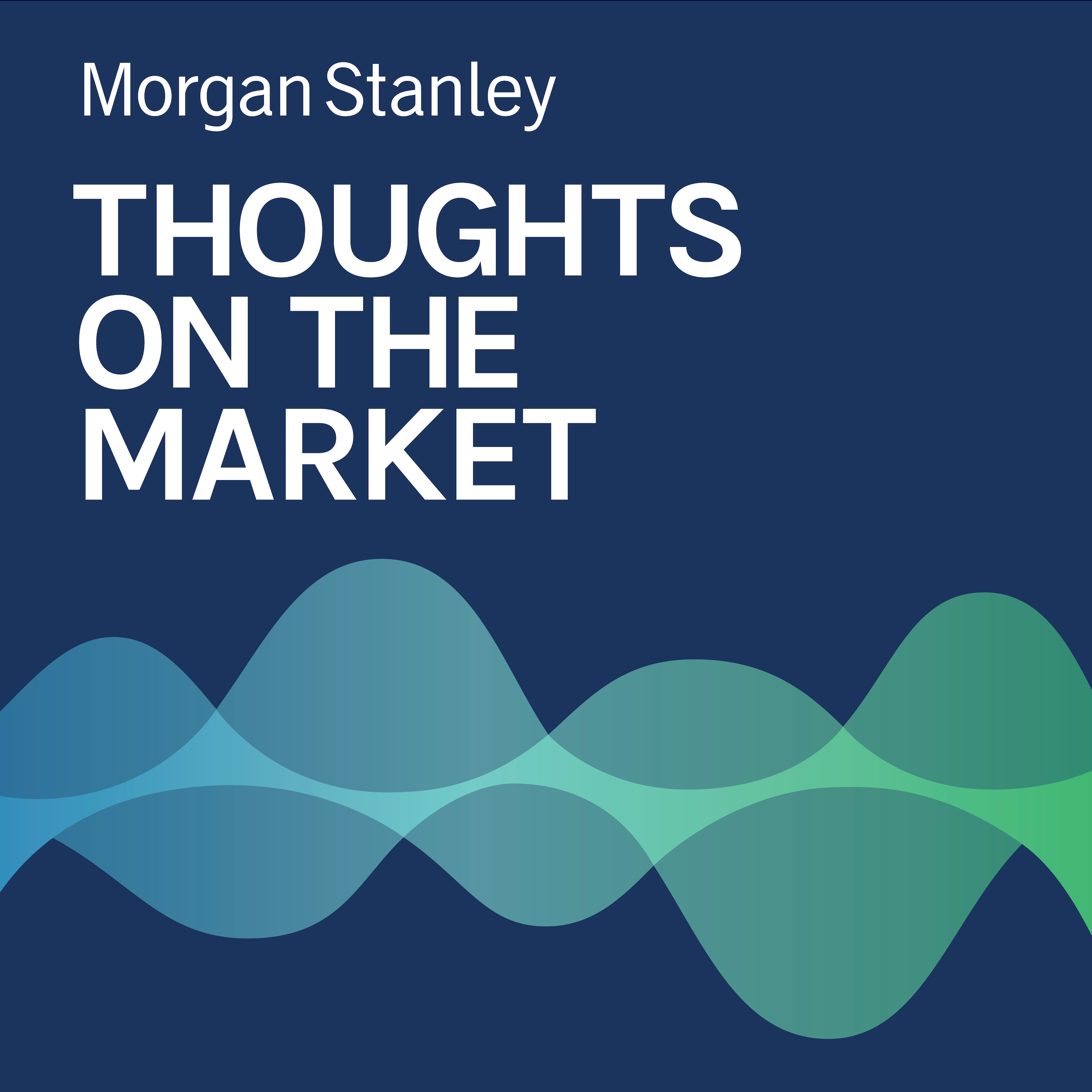Seth Carpenter: The Next Steps for the Bank of England

b"
As the U.K. attempts stabilize its debt to GDP ratio, as well as curb inflation, the question becomes, to what extent will the Bank of England continue to tighten monetary policy?
----- Transcript -----
Welcome to Thoughts on the Market. I'm Seth Carpenter, Global Chief Economist for Morgan Stanley. Along with my colleagues, bringing you a variety of perspectives, I'll be talking about recent developments in the U.K. and what the implications might be for other economies. It's Wednesday, October 26th, at 10 a.m. in New York.
The political environment in the U.K. is fluid, to say the least. For markets, the most important shift was the fiscal policy U-turn. The tax cuts proposed by former Chancellor Kwarteng have been withdrawn apart from two measures related to the National Health Service and property taxes. In total, the reversal of the mini budget tax cuts brings in \\xa332 billion of revenue for the Treasury. Media reports suggested that Chancellor Hunt was told by the fiscal watchdog, the OBR, that medium term stability of the debt to GDP ratio would require about \\xa372 billion of higher revenue. There's a gap of about \\xa340 billion implying tighter fiscal policy to come.
The clearest market impact came from the swings in gilt yields following the original fiscal announcement. The 80 basis point sell off in 30 year gilts prompted the Bank of England to announce an intervention to restore financial stability for a central bank about to start actively selling bonds to change course and begin buying anew was a delicate proposition. But so far, the needle appears to have been threaded.
And yet, despite the recent calm, the majority of client conversations over the past month have included concern about other possible market disruptions. Part of the proposed fiscal plan was meant to address surging energy prices. Inflation in the UK is 10.1% of which only 6.5% is core inflation. The large share of inflation from food and energy prices works like a tax. From a household perspective, the average British household has a disposable income of approximately \\xa331,000 a year and went from paying just over \\xa31,000 a year for electricity and gas to roughly \\xa34,000. Households lost 10% of their disposable income.
Of course, the inflation dynamics in the U.K. resemble those in the euro area, in the latter headline inflation is 10%, but core inflation constitutes just under half of that. The hit to discretionary income is even larger for the continent. Our Europe growth forecasts have been below consensus for this reason. We look for more fiscal measures there, but our basic view is that fiscal support can only mitigate the depth of the recession, not avoid it entirely.
Central banks are tightening monetary policy to restrain demand and thereby bring down inflation. The necessary outcome, then, is a shortfall in economic activity. For the U.K. the structural frictions from Brexit exacerbate the issue and the Bank of England, like our U.K. team, expect the labor force itself to remain inert. Consequently, after the recession, even when growth resumes, we expect the level of GDP to be about one and a half percent below the pre-COVID trend at the end of 2023.
For the Bank of England, we are looking for the bank rate to rise to 4%, below market expectations. The shift in the fiscal stance tipped the balance for our U.K. economist Bruna Skarica. She revised her call for the next meeting down to 75 basis points from 100 basis points. And so while the next meeting may be a close call, in the bigger picture we think there will be less tightening than markets are pricing in because of the tighter fiscal outlook.
Thanks for listening. If you enjoy the show, please leave us a review on Apple Podcasts and share Thoughts on the Market with a friend or colleague today.
"